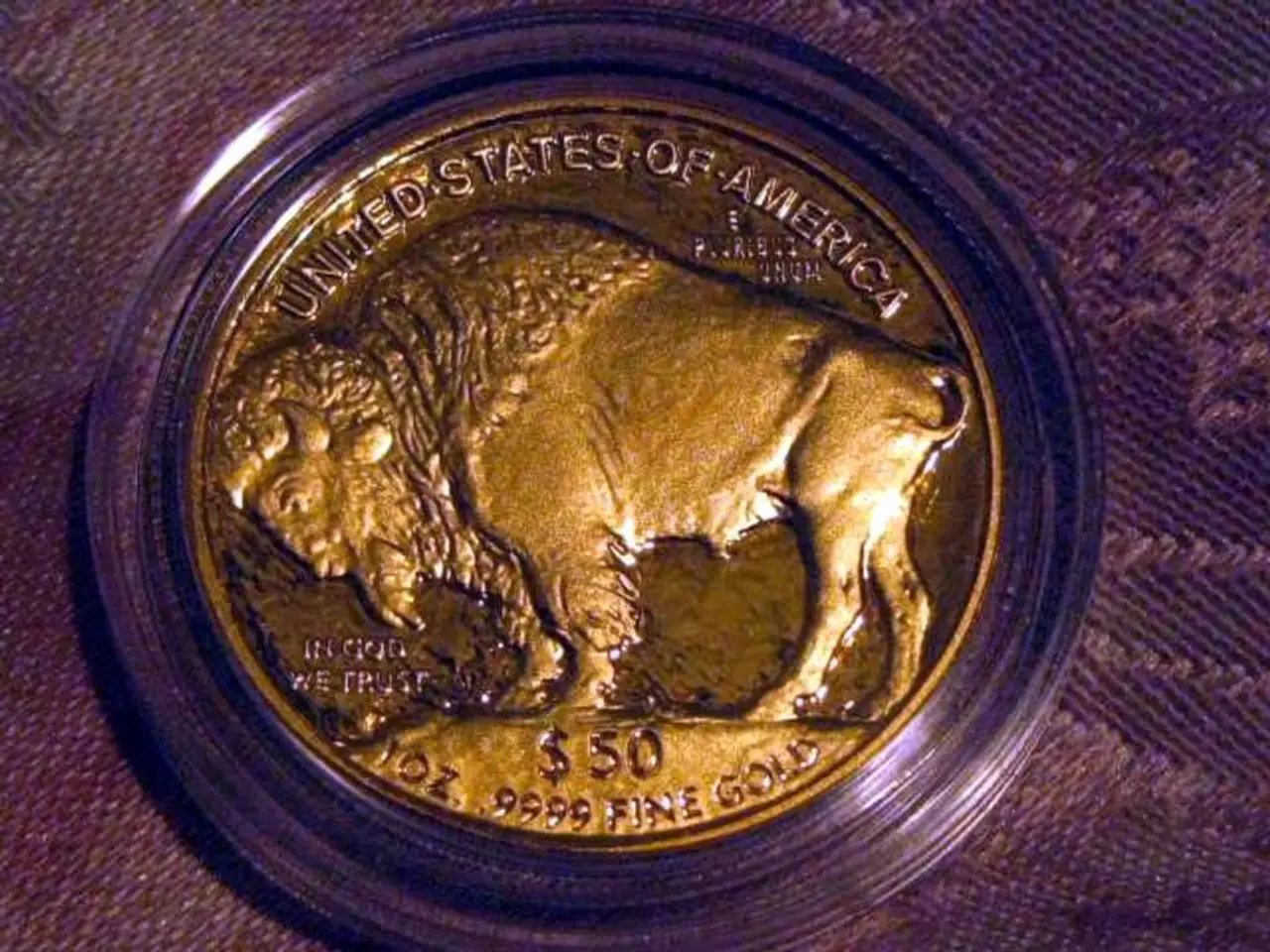Telescope Components for Visual Stargazing and Their Roles:
Telescope 101: Your Guide to the Cosmos
Let's dive into the fundamentals of telescopes – so you can make the most out of stargazing and astronomy articles! Since every telescope isn't made equal, be mindful of parts that suit your specific one.
- Optical TubeCue the astronomy pros – this is the star of the show, gathering incoming light waves. Optical tubes come with either lenses (refractor-type) or mirrors (reflector-type). In select cases, tubes incorporate both lenses and mirrors, known as catadioptric telescopes. We’ll be discussing the key specs of the optical tube's lens/mirror in detail.
The aperture – the diameter of the front lens or rear mirror – measures the light-gathering power. The larger the aperture, the more light the telescope collects, and the dimmer and fainter objects you'll be able to observe. Aperture dimensions are typically expressed in millimeters, but sometimes can be represented in inches (1 inch equals approximately 25.4 mm).
The optical tube's focal length determines the path length of light within the tube and plays a role in calculating the magnification produced. By utilizing the following formula, you can figure out the power or magnification: Power or Magnification = Focal length of telescope / Focal length of eyepiece.
For a deeper understanding of aperture and focal length, check out this video!
- MountDon’t underestimate the importance of this sturdy component. The mount serves to hold the optical tube, allowing us to point it towards the targets in the sky as they move. With a rigid mount, the image stays stable, even during windy conditions or focusing adjustments.
The most specialized mount, known as the equatorial mount (GEM), was created specifically for astronomy. These mounts often rest on a tripod or a permanent post (piers) and require polar alignment with the North Star (Polaris). A beginner's guide to aligning an equatorial mount can be found in this video.
Less exotic, but familiar, is the altitude-azimuth (AltAz) mount. These function similarly to camera tripods, allowing for easy control and intuitive movement. Some models come in the form of a Dobsonian or Dob-style base, imparting extra stability.
Mounts are available as manual, partially computerized (PushTo), or fully computerized (GoTo), with user-selected variations offering differing levels of convenience and precision.
- EyepieceThis part of the telescope system is responsible for the desired magnification. The optical tube gathers light, and the eyepiece amplifies the image to our eyes. You may find multiple eyepieces included in beginner packages, each offering varying degrees of magnification.
The higher the number on the eyepiece, the lower the magnification. Conversely, a lower-numbered eyepiece produces higher magnification. Over time, you may want to add more eyepieces to broaden your magnification options.
Standardization exists among eyepieces, so they can be used across brands and with multiple telescopes.
- Barlow LensThis mighty device can be positioned between an eyepiece and a focuser, effectively escalating the magnification by a multiplier (usually either 2X or 3X). Introducing a Barlow lens into your setup introduces more magnification options with a smaller eyepiece library.
- DiagonalRefractors, SCTs, and MCTs usually incorporate diagonals. These nifty contraptions bend the light to a more convenient viewing angle, making it unnecessary to get down on your knees when scoping out distant objects. Bigger diagonals, typically 1.25 inches and 2 inches, determine the diameter of the eyepiece that the diagonal can accept.
A 90-degree diagonal, or star diagonal, is specifically optimized for astronomy. In contrast, 45-degree diagonals are perfect for daytime viewing but not as suited for nighttime stargazing. Switching between diagonal types is generally possible, allowing for versatile use. Keep in mind that reflectors are not suitable for daytime terrestrial exploration since they invert images – that's just fine when gazing at distant galaxies but not so much when trying to spot boats on a lake.
- FocuserThe focuser acts as the primary tool for adjusting the image to achieve a crisp, clear view. It operates through a simple dial-based movement. Predominantly, beginner packages come with single-speed focusers, featuring a single dial for coarse-grained adjustments. High-end packages offer dual-speed focusers, with one dial for large-scale adjustments and another for fine-tuning smaller adjustments.
- FinderscopeThe finderscope serves multiple purposes – as a targeting device and an alignment tool. It aids in pointing the telescope at the desired object, making stellar-subject locating a breeze.
Two common types of finderscopes include:- Red Dot Finder (Unmagnified Finder): Affordable and easy-to-use, this tool functions much like a gun sight, helping you point the telescope at the target. Simple finderscope alignment yields accurate object targeting, and red dot finders typically use batteries (remember to keep a spare set handy to avoid issues).- Magnifying Finderscope (RACI & Straight-through): These offer additional help when observing in light-polluted areas, showing more stars than the naked eye. They work as low-magnification telescopes, capturing a wide field of view.
- Telescopes come in two main types, refractor and reflector, each having an optical tube with either lenses or mirrors respectively.
- The aperture of a telescope's optical tube, the diameter of the front lens or rear mirror, determines the light-gathering power, with larger apertures allowing for dimmer and fainter object observation.
- The focal length of a telescope's optical tube determines the path length of light within the tube, contributing to magnification calculations with the formula: Power or Magnification = Focal length of telescope / Focal length of eyepiece.
- A mount, a crucial component, holds the optical tube and allows it to be pointed at targets in the sky as they move, with the equatorial mount being a specialized variant designed specifically for astronomy.
- Eyepieces, responsible for the desired magnification, can be found in beginner packages and come with varying degrees of magnification, with higher numbers corresponding to lower magnification and vice versa.
- A Barlow lens, placed between an eyepiece and a focuser, can multiply the magnification, offering more magnification options with a smaller eyepiece library.




